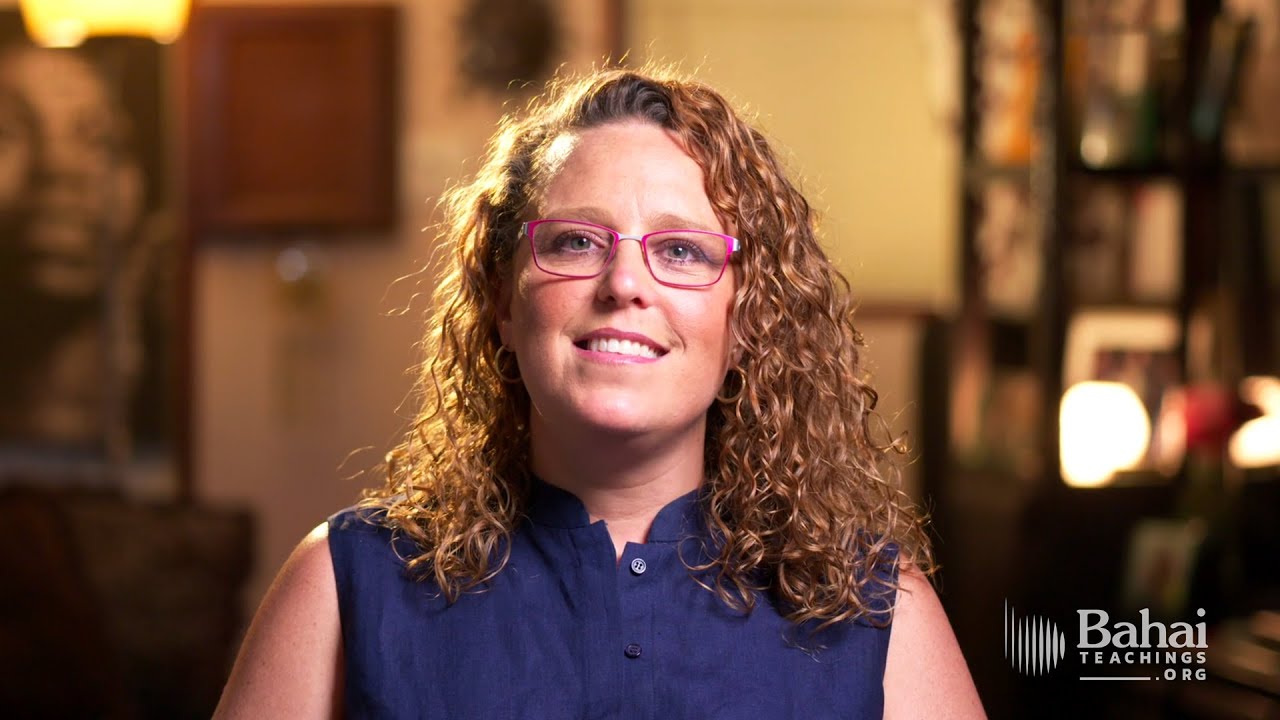In an increasingly polarized world, where cultural and racial divides often seem insurmountable, how might the universal language of music serve as an instrument for unity and reconciliation? This question encapsulates a significant challenge in our contemporary society; it beckons us to consider not merely the power of melody and harmony, but also the profound implications of such an art form in bridging the fissures created by societal discord. The Bahá’í teachings present a compelling framework for understanding this intersection between music and the collective aspiration for oneness.
At the heart of Bahá’í philosophy lies the concept of unity in diversity, a tenet that emphasizes the strength derived from our differences. This principle positions the notion of music as a vehicle for fostering understanding and promoting racial harmony. Music, inherently a collaborative art, invokes shared human experiences, transcends linguistic barriers, and cultivates an environment where individuals can express their cultural identities while simultaneously enriching communal bonds.
Firstly, it is essential to examine the Bahá’í perspective on the interconnectedness of humanity. Bahá’ís believe that all individuals are part of a single, global community. This worldview posits that the spiritual and material well-being of one is inexorably linked to that of others. Music, encompassing a multitude of genres, serves as a microcosm of this philosophy. It invites individuals from disparate backgrounds to converge, a manifestation of collective expression that can illuminate shared values and aspirations.
Moreover, the harmonization of diverse musical traditions can be seen as reflective of the Bahá’í vision for societal progression. By blending various genres, artists can create a new sonic tapestry that reflects both individual heritage and universal principles. This not only fosters appreciation for one another’s artistic contributions but also cements a foundation for mutual respect and understanding amongst differing cultural narratives. The collaborative creation of music promotes dialogue, a key element in addressing the grievances that can otherwise divide racial and ethnic groups.
Nevertheless, the challenge of integration remains pertinent. While the potential for music to bridge divides is significant, one must confront the realities of entrenched biases and misunderstandings. How might artists challenge these barriers through their work? This calls into question whether musicians can serve as catalysts for social change, employing their craft in ways that not only entertain but also educate on issues of race and equity. It is vital that artists engage both their creativity and moral compass, embracing music as a medium for activism that seeks to dismantle stereotypes and advocate for justice.
One effective method artists can adopt is the incorporation of narratives into their music that reflect the lived experiences of marginalized communities. By weaving these stories into their compositions, they offer listeners not only a musical experience but also an invitation to contemplate the complexities of racial identity. This introspection catalyzes change, potentially altering perceptions and fostering empathy. Furthermore, artists can utilize music as a platform for illumination, unveiling themes of oppression, resilience, and solidarity that resonate on both a personal and collective level.
In addition, community-centered musical initiatives can play a pivotal role in bridging racial divides. Organizing local concerts that feature a mélange of musicians from various backgrounds creates opportunities for collaboration and dialogue. Such events not only showcase the richness of diverse musical traditions but also create spaces for individuals to engage in conversations that may have otherwise remained obscured. These encounters foster bonds among attendees and promote a culture of inclusivity that permeates the broader social fabric.
As we consider the implementation of music as a means for bridging divides, it is also critical to acknowledge the role of intentionality within the artist’s mission. Bahá’í teachings encourage individuals to transcend individual desires, aiming instead for the collective good. Artists committed to social progress can manifest this ethos by consciously utilizing their talents to further the cause of oneness. Whether through lyrics laden with messages of equality or melodies that evoke collective joy, the impact of such work reverberates far beyond the stage.
In conclusion, as we grapple with the challenges posed by racial divides, the potential for music to act as a conduit to oneness is undeniably profound. The Bahá’í teachings offer an enlightening lens through which to comprehend this art form’s capacity for fostering connections among diverse populations. By embracing the universal language of music, individuals can navigate the complexities of their shared humanity, casting aside misconceptions and biases that threaten to sever the ties that bind us. Ultimately, each note played in harmony not only celebrates our diversity but also resonates with the unyielding call for unity that lies at the essence of our existence.
